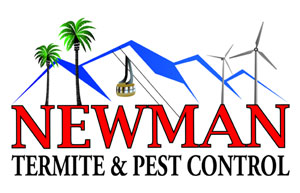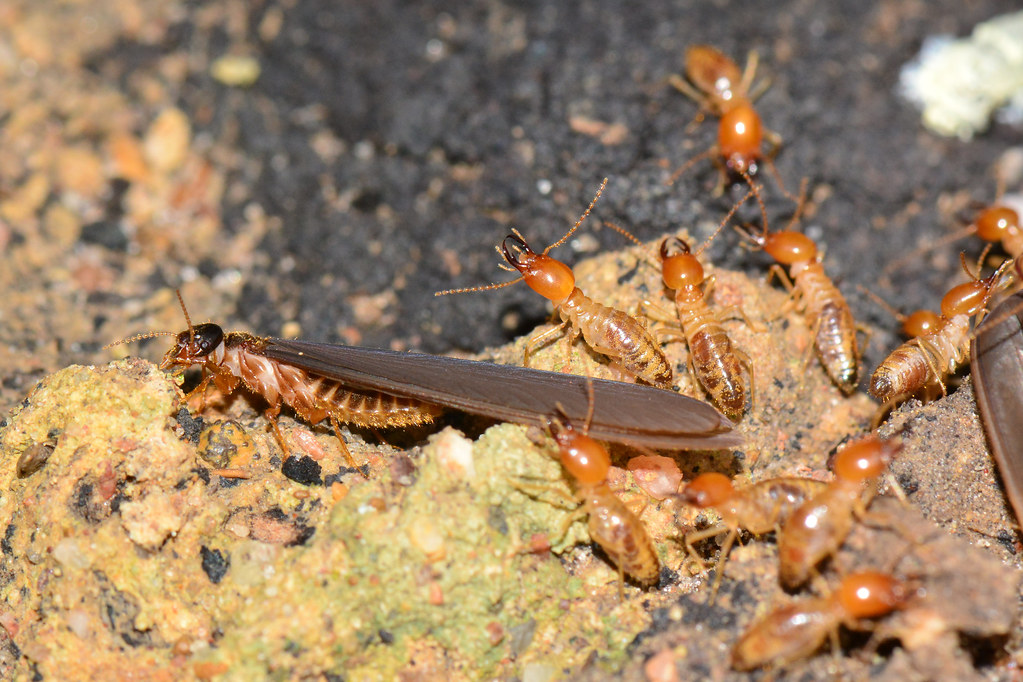Are you tired of dealing with pesky flying termites? Do you want to know how to prevent and control their infestations? Look no further!
In this article, we will provide you with frequently asked questions and answers about flying termites. Discover what flying termites are, when they appear, and how they differ from regular termites.
Learn if they are harmful to humans and find out effective ways to protect your home. Say goodbye to flying termites once and for all!
What Are Flying Termites?
Flying termites are winged insects that are often mistaken for flying ants. They play a crucial role in the life cycle of termites. Unlike worker termites that are blind and wingless, flying termites, also known as alates, are equipped with wings and eyes. Their primary purpose is to reproduce and establish new colonies.
During the mating season social behaviors of termites, flying termites swarm in large numbers, seeking a partner to begin a new termite colony. This behavior is known as a termite swarm. If you notice a sudden influx of winged insects around your home, it could be a sign of a flying termite infestation. Other signs include discarded wings, mud tubes, and wood damage.
It is important to address a flying termite infestation promptly to prevent further damage to your property.
When Do Flying Termites Appear?
Once you notice swarming insects with wings around your home, it’s likely that it’s the time of year when flying termites appear. Flying termites, also known as termite swarmers, are the reproductive members of a termite colony. Contrary to common misconceptions, these winged termites are not a separate species, but rather the sexually mature individuals of the colony.
The life cycle of flying termites begins when they emerge from their nests in large swarms, typically during spring or early summer. The purpose of these swarms is for the termites to mate and establish new colonies. After mating, the female termites shed their wings and search for suitable locations to start a new nest.
It’s important to address the presence of flying termites promptly, as they can indicate an infestation and potential damage to your home.
How Do Flying Termites Differ From Regular Termites?
When winged termites are ready to mate, they emerge from their nests in large swarms during spring or early summer. These flying termites, also known as alates, have distinct characteristics that set them apart from regular termites. Here are four key differences to help you understand their unique traits:
- Wings: Flying termites have two pairs of equal-length wings, while regular termites do not have wings at all.
- Size: Alates are typically larger than regular termites, with a body length ranging from 1/2 to 1 inch.
- Eyes: Unlike regular termites, flying termites have compound eyes, allowing them to navigate and locate a suitable mate.
- Behavior: Flying termites are highly attracted to light sources, often swarming around outdoor lights or window sills.
Are Flying Termites Harmful to Humans?
If you come into contact with flying termites, it is important to avoid direct contact with them and take steps to prevent them from entering your home.
While flying termites do not bite humans, they can still pose health risks. The main concern is that their presence may indicate an infestation of regular termites, which can cause extensive damage to your property. Additionally, the dust and debris that flying termites produce can trigger allergies and respiratory issues in some individuals.
It is crucial to address any signs of flying termites promptly to prevent further damage and protect your health. If you notice flying termites or suspect an infestation, it is recommended to contact a professional pest control service to assess the situation and provide appropriate treatment.
How Can I Prevent and Control Flying Termite Infestations?
To prevent and control flying termite infestations, there are several steps you can take.
Regularly inspect and seal any cracks or openings in your home’s foundation and walls. Even the tiniest gaps can provide an entry point for these pests.
Keep your home clean and clutter-free. Termites are attracted to moisture and decaying wood, so removing excess wood, such as firewood, from around your property is essential.
Consider using natural termite control methods. Orange oil, which contains d-limonene, can be effective in killing termites on contact. You can apply it directly to infested areas or use it as a barrier around your home’s foundation. It is also an interesting info if you are exploring the remarkable mound building termites.
Frequently Asked Questions
What Is the Lifespan of a Flying Termite?
The lifespan of a flying termite is dependent on various factors, including environmental conditions, availability of food, and the presence of predators.
In general, flying termites have a relatively short lifespan compared to other insects. They typically live for a few months to a few years. During this time, they engage in important behaviors such as mating and establishing new colonies.
Understanding the lifespan and behavior of flying termites is crucial for effective pest control strategies.
Can Flying Termites Cause Structural Damage to Buildings?
Flying termites can indeed cause structural damage to buildings. They can chew through wood, causing weakening and potential collapse of the structure.
To prevent this damage, it’s important to take preventive measures. Regular inspections of your property can help identify any signs of termite infestation. Additionally, keeping the area around your building free from moisture and removing any decaying wood can discourage termites from making your home their next meal.
Do Flying Termites Have a Specific Breeding Season?
Flying termites do have a specific breeding season. Understanding their swarming behavior during this time is crucial for early detection and prevention of infestations. By knowing when they are most active, you can take necessary steps to protect your home.
Regular inspections and prompt action are key in stopping these pests from causing structural damage. Don’t underestimate the importance of staying vigilant and addressing any signs of flying termites promptly.
How Long Does It Take for Flying Termites to Establish a New Colony?
Flying termites establish a new colony in a relatively short amount of time. The establishment time depends on various factors, such as the availability of suitable conditions and resources. However, on average, it takes flying termites a few weeks to establish a new colony.
During this time, they go through their reproductive cycle, where they mate and lay eggs to start the new colony.
Are There Any Natural Predators of Flying Termites?
Are you curious about the natural predators of flying termites? Well, you’ll be interested to know that there are indeed creatures that prey on these pests.
Birds, bats, and certain insects are known to feed on flying termites, helping to control their population. So, if you notice an increase in bird or bat activity around your property, it could be a sign of a flying termite infestation.
Stay vigilant and look out for any other signs like discarded wings or mud tubes.
Conclusion
In conclusion, flying termites can be a nuisance and potentially destructive pests. They appear during specific times of the year and can differ from regular termites in their ability to fly.
While they may not directly harm humans, their presence can indicate a larger termite infestation that can cause significant damage to homes and structures.
To prevent and control flying termite infestations, it is important to take proactive measures such as regular inspections, addressing moisture issues, and seeking professional pest control assistance when needed.

